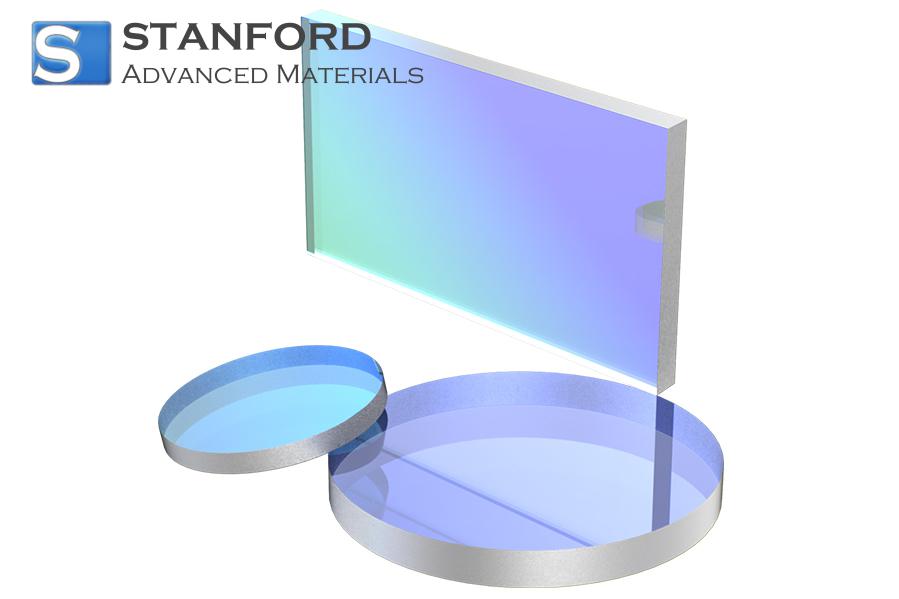Common Uses Of Spherical TA1 Titanium-Based Powder
Description
Spherical TA1 powder on a titanium base is produced from pure titanium. TA1 is utilised in various high-standard applications. The powder is manufactured in a spherical shape to ensure uniform flow during production processes. It is used in aerospace, medicine and mechanical engineering. Its low density supports weight-sensitive designs. The powder is processed using simple methods. It is suitable for additive manufacturing and surface treatment.
Spherical TA1 Powder on a Titanium Base
The powder is processed to yield a spherical form with consistent dimensions. The spherical shape supports uniform flow. Users note its consistent behaviour. The material demonstrates high corrosion resistance. It can be applied in harsh environmental conditions. It has a high strength-to-weight ratio. This incorporation of titanium properties is applied in industrial processes. Engineers utilise the powder in applications where dependable performance is specified. It blends readily with other materials. Its fine particle size contributes to the formation of dense, uniform layers during production. The powder is applicable for coatings that require a flat finish and extended service life.
Properties and Application Data
Below are the general properties of spherical TA1 powder on a titanium base:
- Purity: Up to 99.5% titanium, which ensures a high chemical standard.
- Particle size: Typically between 15 and 45 µm in diameter.
- Shape and flow: The spherical form facilitates consistent flow.
- Density: Low density, which is beneficial for weight-sensitive applications.
- Corrosion resistance: High resistance to corrosion in treated conditions.
Concerning applications, the following data are provided:
- Aerospace: The powder is utilised for manufacturing components that are lightweight yet maintain structural integrity.
- Medicine: Its inert characteristics make it suitable for surgical implants.
- Additive manufacturing: The spherical shape supports precise layer deposition. Engineers use it to fabricate components with intricate designs.
- Coatings: It is combined with binders to produce surface coatings designed for environments with high wear.
- Research and development: Universities and research laboratories, such as those at Stanford Advanced Materials, use it to test new alloys and composite materials.
The straightforward properties qualify the powder as a consistent component in various instruments and devices. In additive manufacturing, the consistency of the powder contributes to reduced error rates. Engineers have reported that low oxygen absorption enhances performance during rapid heating. This datasheet provides a factual outline of the basis for its selection in demanding applications.
Spherical TA1 Powder on a Titanium Base – Application Examples
Consider an aerospace manufacturer that requires components which are both lightweight and stable. The components are produced layer-by-layer using additive manufacturing with spherical TA1 powder on a titanium base. The resulting component functions under load and maintains a low mass. In medical engineering, the powder is utilised to produce implants that do not provoke adverse reactions. Uniform powder flow contributes to minimal defect formation in printed parts. In some cases, the powder is applied as a coating for engine components. Even distribution assists in protecting surfaces from high temperatures and corrosion.
An engineering team may utilise the powder to improve production efficiency. They compared traditional methods with processes incorporating the powder. The uniform distribution is an observed benefit. It permits tighter control during manufacturing. Several departments have reported improved operational consistency and a better finish. These examples underline the versatility of the powder. It is suitable for radiation shielding, precision components and decorative surfaces in consumer electronics.
Conclusion
Spherical TA1 powder on a titanium base serves as an effective tool in modern manufacturing. It presents a purity of up to 99.5% titanium and offers consistent flow. The particle size range and spherical form provide uniform behaviour in multiple sectors. In aerospace, medical engineering and additive manufacturing, users depend on its strength and stability.
Frequently Asked Questions
Q: What is the purity level of TA1 powder based on titanium?
A: The purity level is typically 99.5% titanium.
Q: What is the typical particle size range?
A: The particle sizes generally range between 15 and 45 µm in diameter.
Q: In which sectors is this powder most frequently used?
A: It is used in aerospace, medical engineering and additive manufacturing.

 Bars
Bars
 Beads & Spheres
Beads & Spheres
 Bolts & Nuts
Bolts & Nuts
 Crucibles
Crucibles
 Discs
Discs
 Fibers & Fabrics
Fibers & Fabrics
 Films
Films
 Flake
Flake
 Foams
Foams
 Foil
Foil
 Granules
Granules
 Honeycombs
Honeycombs
 Ink
Ink
 Laminate
Laminate
 Lumps
Lumps
 Meshes
Meshes
 Metallised Film
Metallised Film
 Plate
Plate
 Powders
Powders
 Rod
Rod
 Sheets
Sheets
 Single Crystals
Single Crystals
 Sputtering Target
Sputtering Target
 Tubes
Tubes
 Washer
Washer
 Wires
Wires
 Converters & Calculators
Converters & Calculators
 Write for Us
Write for Us





 Chin Trento
Chin Trento



